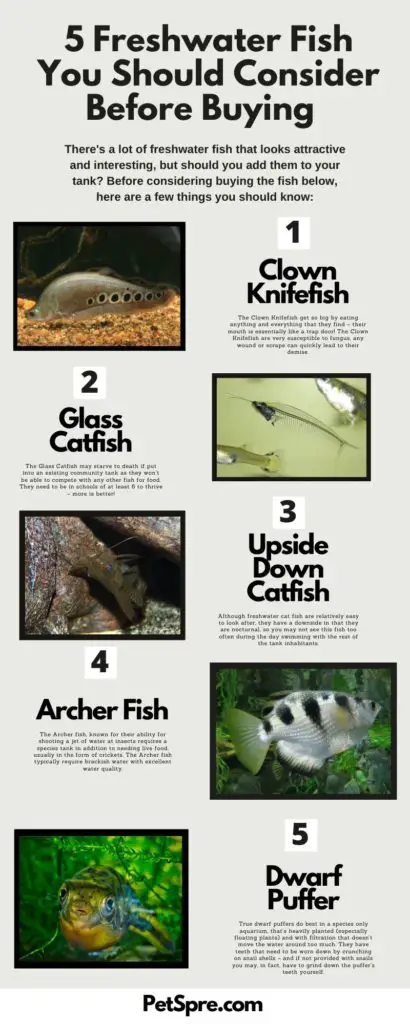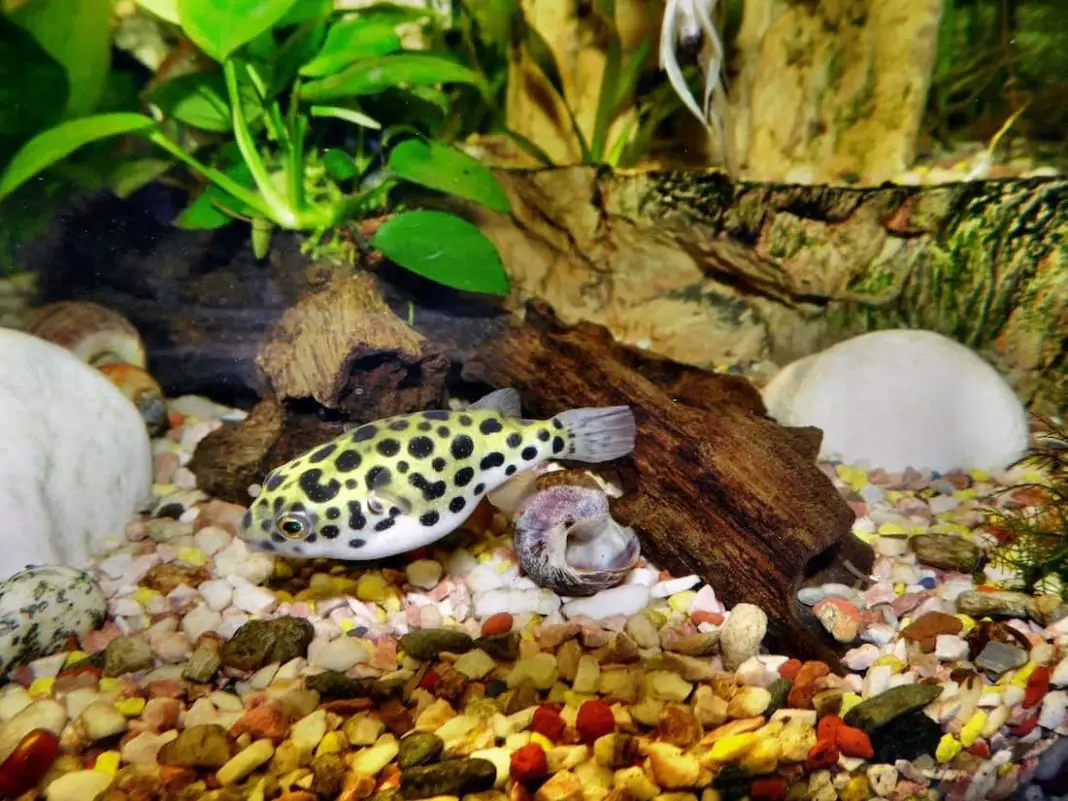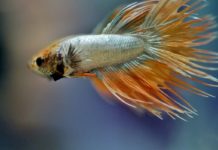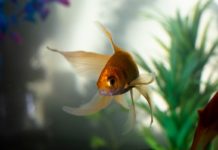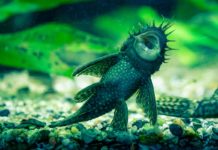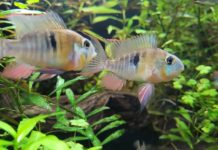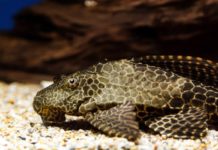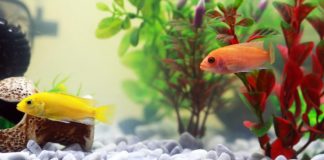Finding a good local fish store is one of the true keys to keeping a successful, happy and healthy aquarium. One way to tell if your local fish store is good is when they ask you some questions before considering buying fish. A good store should be asking you some questions, including:
What is the size of the tank that the fish will be going into?
What fish are already in the tank, and are they adults or juveniles?
Water parameters – What is the current temperature, pH, hardness, and type of filtration?
Don’t be afraid to ask the staff of your local fish store a few questions, including:
What size can you expect this fish to get – as most fish sold at fish stores are juveniles
Does the breed have a tendency to pick on or eat other fish?
Will the fish in your exciting tank pick on or eat it?
What water parameters does this fish need to thrive?
Can it get the same food that the rest of the tank eats?
Is this fish best to be kept singly or in a school/shoal of others?
Given that you’ve asked or have been asked the questions above, let’s discuss some specific fish that look great and interesting in a fish store, but some consideration is needed as to whether or not they are suitable for your tank. The fish we will be looking at are:
- Clown Knifefish
- Glass Catfish
- Upside Down Catfish
- Archer Fish
- Dwarf Puffer
These fish all look attractive and interesting – but before buying them, make sure to consider the following for each of the species.
Clown Knifefish (Chitala chitala)
Clown knifefish sold in fish stores are usually around 5 inches long, and incredibly appealing. They have an interesting shape, with a lovely slate gray color, a few little spots, and an alluring way of hanging in the water simply by rippling the anal fin a bit. Before you buy a clown knifefish you need to consider the following about them:
When they mature, they can get to a length of longer than 24 inches, and very hefty.
Although they aren’t the most active fish, they require a larger tank, especially as they mature. The Clown knifefish eat a lot of food and produce lots of waste.
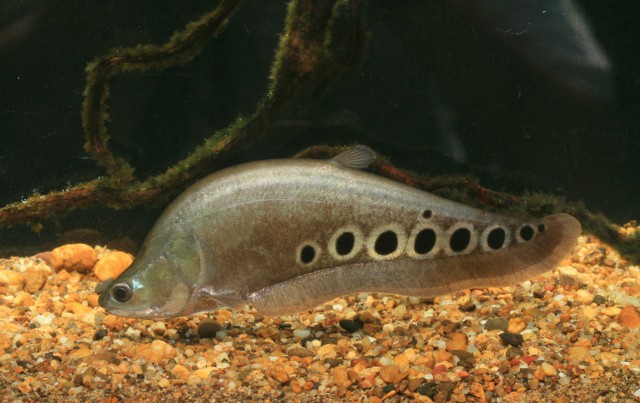
These fish get so big by eating anything and everything that they can find – and their mouth is essentially like a trap door. While the Clown knifefish hangs rippling in the water, they are true ambush predators, and can move with lightning speed if they want to.
Clown knifefish are very susceptible to fungus, any wound or scrape can quickly lead to the demise of the fish.
Glass Catfish (Kryptopterus bicirrhis)
Is it possible to find a fish more interesting than a see-through fish? That’s exactly what the glass catfish is. The flesh of this fish is completely transparent, clearly seeing the fine bones of the spine and ribs, as well as the sac where their internal organs are. It can be pretty hard to not be tempted to take one home – right? Wrong! Before buying a glass catfish consider that:
They’re very sensitive and shy.
Glass catfish may starve to death if put into an existing community tank as they won’t be able to compete with any other fish for food.
They need to be in schools of at least 6 to thrive – more is better!
Glass catfish are very difficult to keep, and can quickly succumb to any common disease, i.e., ich or fungus, which is curable for other fish species, but difficult to cure with glass catfish.

If there was ever a fish that should best be kept in a species tank, the glass catfish is that fish. The tank wouldn’t have to be any more than 10 gallons. A tank that size would be fine for 10 – 12 of them. Slow filtration along with dense planting would make a perfect tank for glass catfish.
Upside Down Catfish (Various species)
When talking about the “upside down catfish” this is a perfect illustration of the need for scientific names for fish. There are a number of fishes that go by the name “upside down catfish” in the hobby, and they can range from 4’ up to 8” in size when mature; fortunately, all of the upside down catfish species are pretty much the same when it comes to aquarium requirements, and none of them are in any way harmful to other fish. The most common fish that is sold in the fish stores as upside down catfish is the Synodontis nigriventris, and other fish that are sold by the same common name are usually other Synodontis species.
Different mature sizes are the primary differences, and as all upside down catfish are nocturnal, you may not see this fish too often.
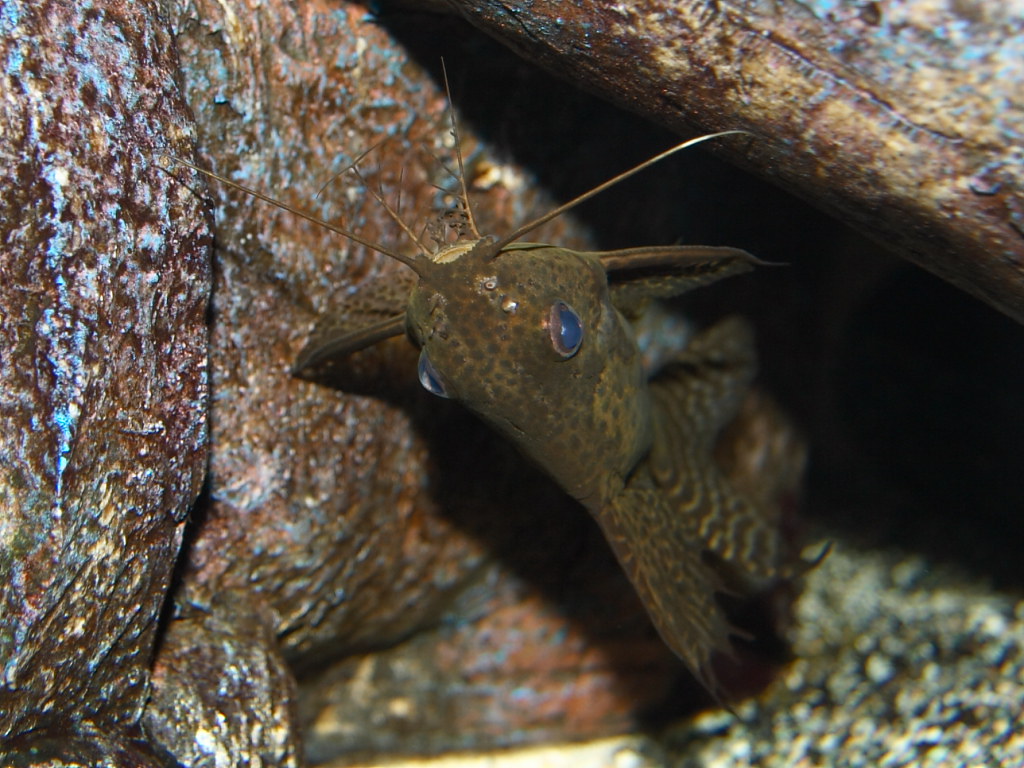
Archer Fish (Toxotes species)
A fish that makes its living by shooting a jet of water at insects, some even believe that they target small birds as well? Your local fish store may not have the archer fish in stock, as they require a species tank with them alone. In addition to needing live food, usually in the form of live crickets that need to be introduced to the tank on small branches out of the water, archer fish typically require brackish water, and excellent water quality.
If you want to keep the archer fish, then it’s recommended to have a 50 gallon tank, filled ½ way up with water (brackish), with the top half of the tank setup with a land environment, with plenty of branches.
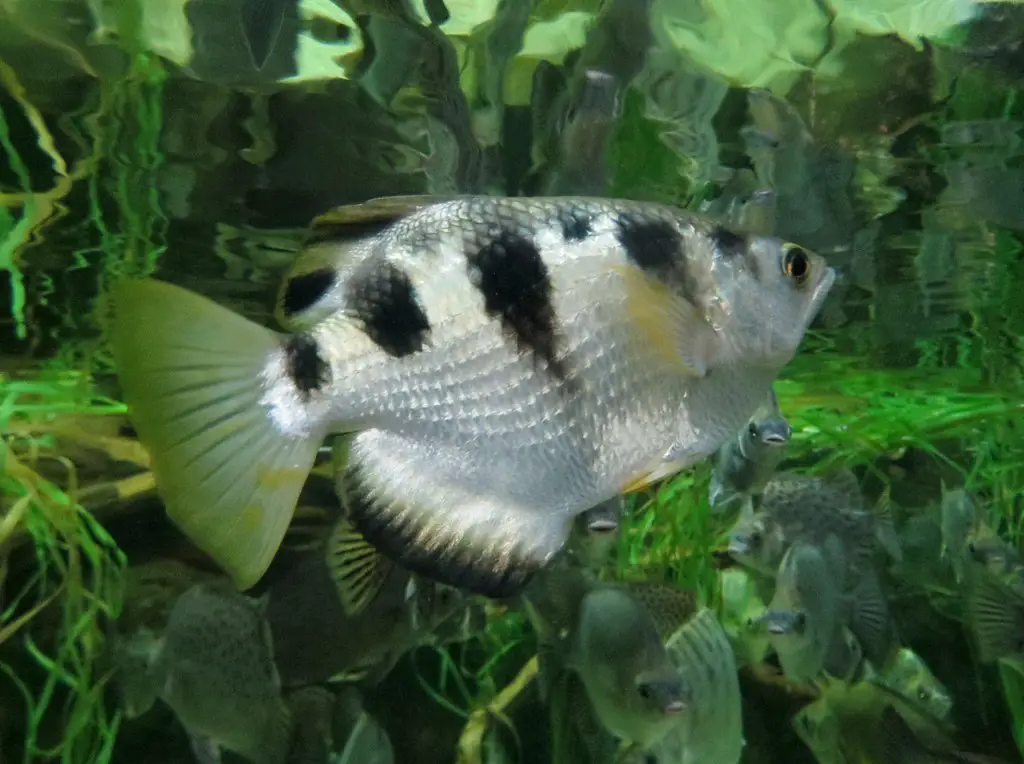
Dwarf Puffer (Carinotetraodon travancoricus)
If there were ever an instance where you needed to know the fish you are buying, it’s the dwarf pufferfish. The true dwarf puffer comes from India, and lives in freshwater. It becomes mature when it has reached around 1” in size. True dwarf puffers do best in a species only aquarium, that’s heavily planted (especially floating plants) and with filtration that doesn’t move the water around too much. As with all puffers, the dwarf puffer prefers various fresh foods, especially snails. These fish have teeth that need to be worn down by crunching on snail shells – and if not provided with snails you may, in fact, have to grind down the puffer’s teeth yourself.
The problem of making sure that the fish you’re buying is the true dwarf puffer is very important as most other puffers sold in the hobby a) require a brackish water environment and b) grow to be much larger than 1” – some can get to 8” or larger when mature.
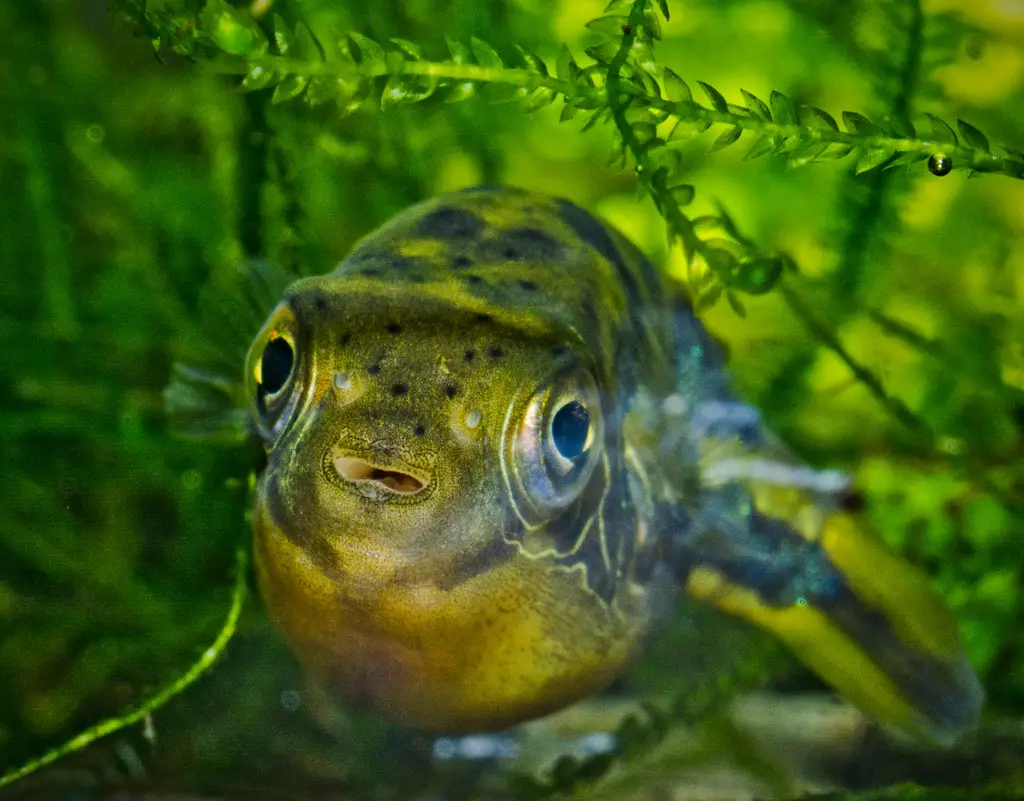
One very interesting thing about the true dwarf puffer is that it has been successfully bred in the home aquarium (and most of the fish that you will find at a fish store will have been commercially farmed in the Far East). Fry are very small when they become free swimming, and require very small live foods for the first week, after which they can take live baby brine shrimp.
